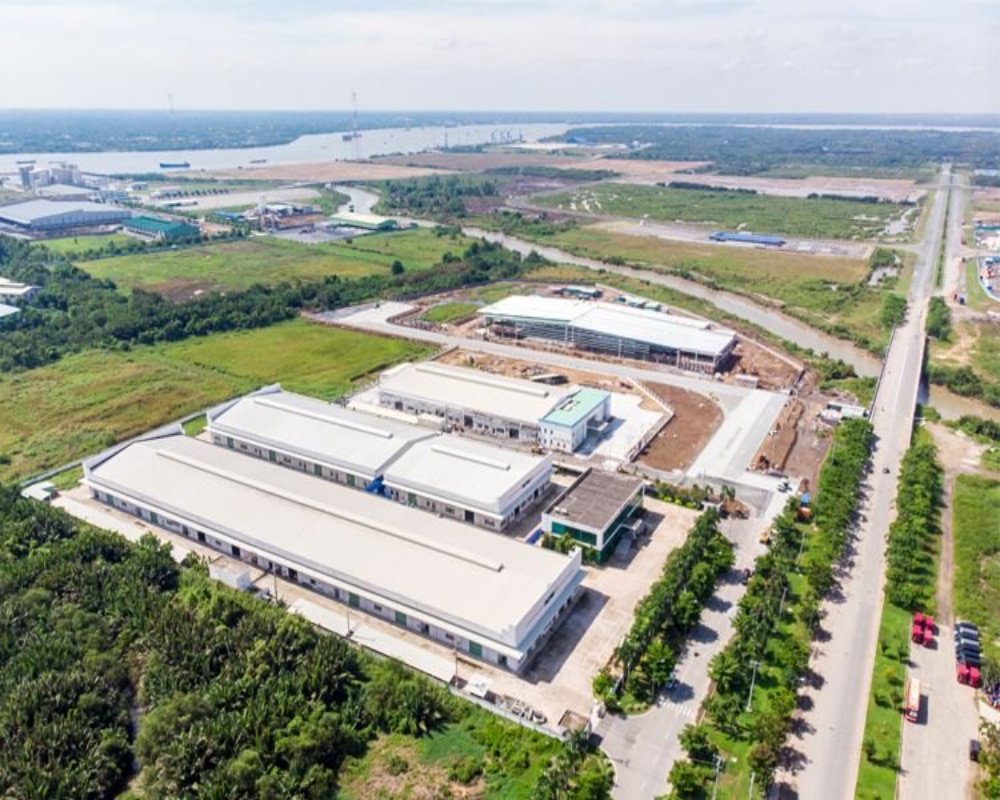An increasing infrastructure backlog is significantly raising the effective cost of industrial land ownership, even when the initial purchase price appears competitive. Buyers often discover post-acquisition that critical amenities like internal roads, water supply, power connections, and drainage systems are either delayed or completely missing. Without these basic services, land remains non-operational, forcing investors to either finance their own improvements or face prolonged project delays. This hidden cost — including time, capital, and lost opportunity — can substantially inflate the total investment outlay. As a result, the true ownership cost far exceeds the nominal land price set by guidance values. Infrastructure readiness is now a decisive factor in evaluating industrial land deals.
The lack of timely infrastructure development also impacts financing, as banks and lenders assess operational readiness when disbursing project loans. Properties lacking core infrastructure are often deemed higher risk, attracting stricter terms or even credit rejections. Additionally, businesses face indirect costs such as higher project management expenses, environmental compliance delays, and rework charges due to poor site conditions. Developers and authorities offering industrial land must now demonstrate clear, phased infrastructure delivery schedules to maintain investor confidence. Some investors negotiate clauses linking payment milestones to infrastructure completion to mitigate risks. Infrastructure deficits are no longer seen as operational issues but as critical financial liabilities that directly affect project feasibility.
The growing recognition that effective land ownership costs are infrastructure-dependent is reshaping industrial land market practices. Investors are demanding full transparency on site readiness, access to infrastructure status reports, and realistic improvement timelines before committing to acquisitions. Governments are also being urged to synchronize land auctions with tangible infrastructure rollouts to avoid underperformance of industrial parks. Developers capable of delivering “infrastructure-ready” land will command premiums and secure faster transaction closures. Going forward, the success of industrial zones will not hinge solely on land availability but on how quickly and cost-effectively land can be turned into productive industrial assets. Infrastructure delivery has become inseparable from the value proposition of industrial land ownership.


